The life of a wildlife photographer, it would seem is one big adventure without a single dull moment. But ask and they would be quick to tell you – it is quite the contrary! Sometimes crouched in the middle of nowhere, armed with heavy camera equipments under the blazing sun, hungry, thirsty and fighting insect bites, these resilient group of men and women battle hours sometimes days full of dull moments just to capture that one precise second when a wild creature makes its appearance. And even then it is only a few who have the ability to transform that opportunity into an image as brilliant as the action being witnessed in the wild.
India’s Endangered spoke to one such passionate photographer who has seen plenty of action in the wild and captured it admiringly. Meet Jayanand Govindaraj, a successful financial service professional who is equally passionate about photography be it on the streets or shooting candid moments in natural settings around the world.
Here he shares with you some of his precious gems from his astounding collection and also an insider’s view of the world of wildlife photography.
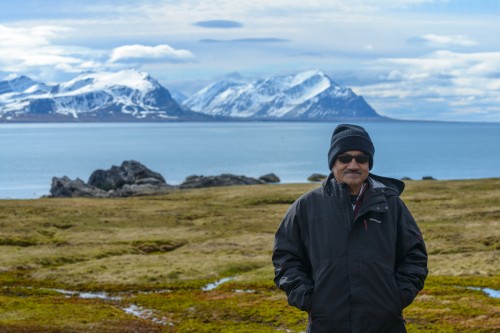
India’s Endangered (IE) – Tell us something about yourself.
Jayanand Govindaraj – I am basically a financial service professional with long stints in banking followed by running my own stock broking company from 1990 till 2011. I got my first camera, a Kodak Retinette 1B in 1961 when I was nine years old, which I still have, so you can see that I have been into photography for quite a long time.
IE – When did you first get into wildlife photography:
Govindaraj – I first tried my hand in wildlife photography in late 2005.
IE – Your favourite destination within India and outside:
Govindaraj – My favourite wildlife destination in India is Ranthambhore National Park in Rajasthan. The Ndutu Conservation Area within the Southern Serengeti in Tanzania is my destination of choice outside India.

IE – Are you always armed with a camera? Any incident when you missed a good photo opportunity.
Govindaraj – I seldom have a camera with me when I am specifically not venturing out for photographing. I try and do a day of street photography, which I love to do as well, every week when I am home in Chennai. A month ago, I was sitting in my car, waiting for my wife to come out of a shop, when I saw half a dozen emu saunter past, as if they were totally at home in the centre of an urban sprawl like Chennai. I really missed having a camera with me on that occasion!
IE – What is the most challenging part of clicking pictures of animals, especially wild?
Govindaraj – There are two basic difficulties with wildlife photography – one is finding the creature one is looking for, and the other is to photograph it doing something interesting. The former can be a real challenge in the thick forests of India, though not so much in open grasslands like East Africa. The latter is difficult anywhere!
IE – Which one will you call as your most memorable photograph?
Govindaraj – My most memorable shot is this one, because it is the first time I saw a wild tiger in the flesh – this was at Pench National Park in Madhya Pradesh,
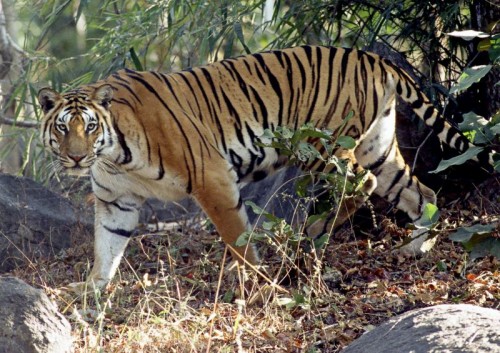
IE – What according to you are the basic qualities needed for someone to be a good wildlife photographer?
Govindaraj – The quality that is really essential is patience. Wild creatures do not perform according to any photographer’s wishes, so we have to put ourselves into a position to get something special many times over, hoping to catch that elusive moment – which might never come. Another requirement is sometimes, just sometimes, to stop photographing and look at the scene in front of you – it is far more rewarding. Looking at nature and wildlife only through a viewfinder will limit your creativity because of the tunnel vision it creates.
IE – Do you study the animal behaviour before venturing on the actual shoot?
Govindaraj – Yes, definitely. Knowledge of animal/bird behaviour is essential if one has to anticipate getting a shot – it always gives you a split second advantage, which on many occasions is of critical importance.

IE – When out shooting, do you have a specific goal/species in mind or a story you want to convey through your photographs?
Govindaraj – There are always goals and targets, but my usual instructions to drivers and guides is very simple – to take me to any living species that is doing something.
Continued on Page 2…


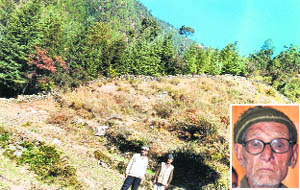
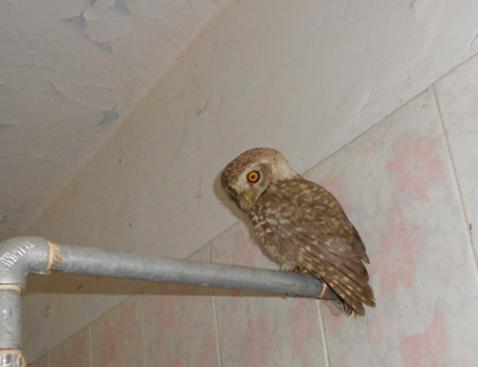
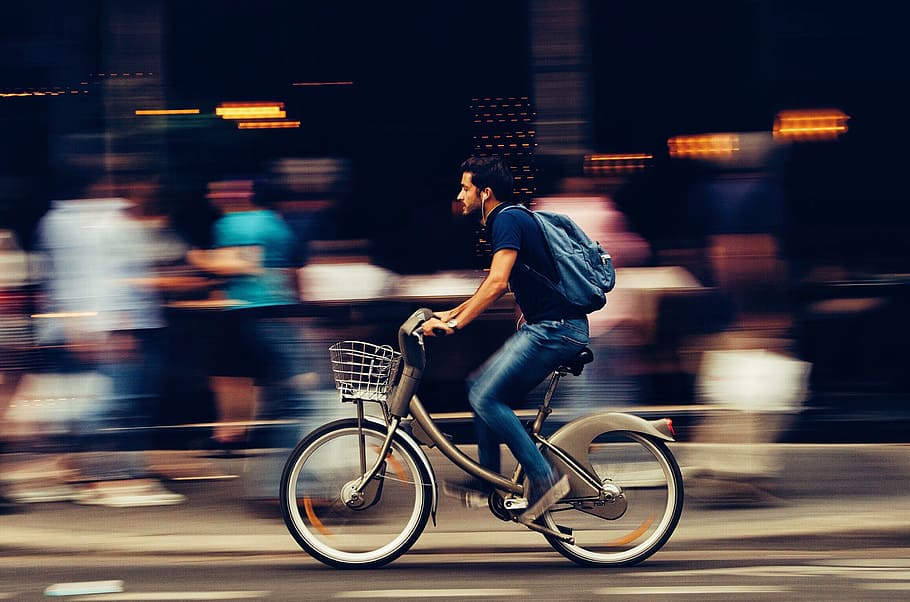

Thanks, Atula Gupta, for this incisive interview, which elicited synergetic responses. All the photos reproduced are brilliant. It’s the poet in Jayanand, who says, “Sometimes, just sometimes, stop photographing and look at the scene in front of you – it is far more rewarding. Looking at nature and wildlife only through a viewfinder will limit your creativity because of the tunnel vision it creates.”
What a wonderful way to put it. It indeed must be the poet in him that helps Mr. Govindaraj click such aweinspiring photographs. Thank you for your comment.
A very well written article. Jayanand is no doubt a very
competent photographer not only of wild life but also of street scenes.
Thank you. Yes, as you correctly mention, his street photography is as exceptional as his wildlife photography. Ultimate pleasure for viewers like us.
congratulations Jayanand.
Its great to know so many things about you and photography and off course the lovely photographs too.
Thank you for your comment. Mr. Govindaraj is truly brilliant with his camera.
This was very interesting. The photos are quite captivating. One sure needs a lot of patience to capture these images.
One surely does need lot of patience and perseverence Varsha, and the photographs show how much Mr. Jayanand has honed his skills over the years.
I’ve been participating in a monthly black and white print exchange with Jayanand for years. It’s nice to know a bit more about him. And it is always a treat to exchange prints with him. Jayanand is an excellent photographer and person.
Thank you for stopping by and commenting. It is through you that we also got to know about the fascinating monthly print exchanges that you share with Mr. Jayanand, so thank you for sharing this little info with us.